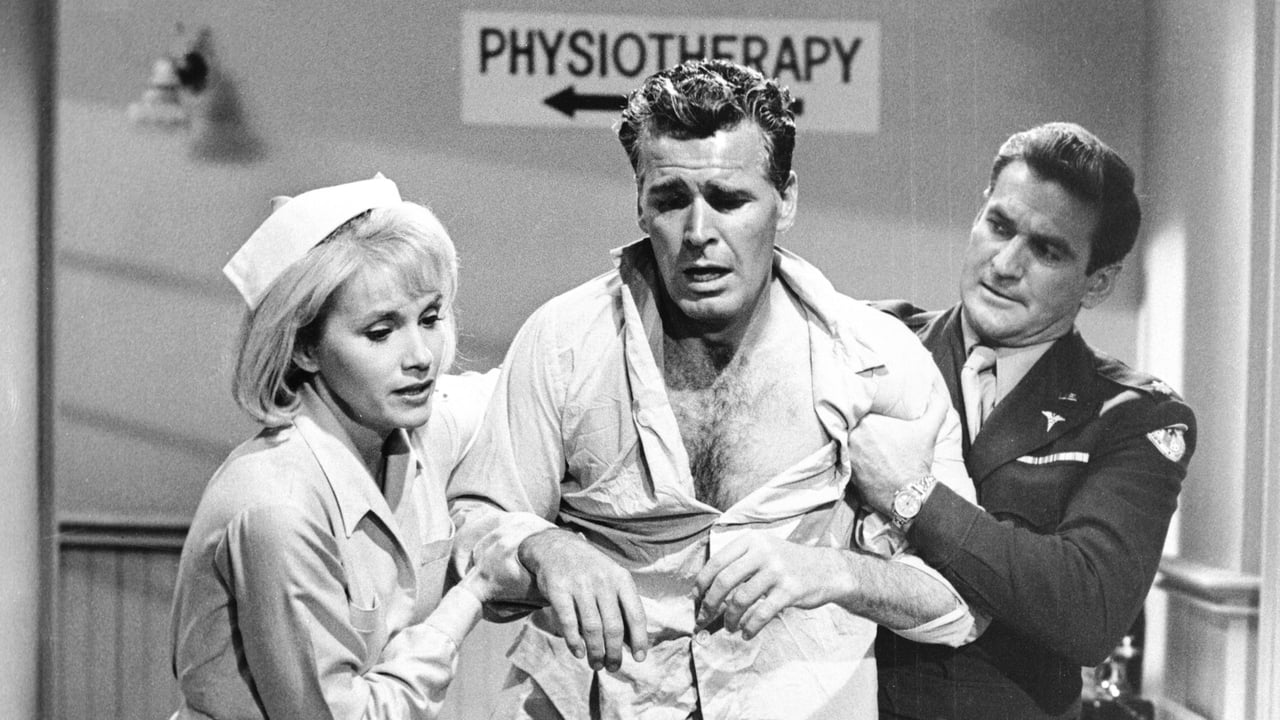

Just so...so bad
... View MoreAt first rather annoying in its heavy emphasis on reenactments, this movie ultimately proves fascinating, simply because the complicated, highly dramatic tale it tells still almost defies belief.
... View MoreBy the time the dramatic fireworks start popping off, each one feels earned.
... View MoreIf you like to be scared, if you like to laugh, and if you like to learn a thing or two at the movies, this absolutely cannot be missed.
... View MoreI enjoyed this, especially the beginning when they were setting up James Garner. His discovery of his plight was an interesting twist. One has to ask how hard it would be to pull something like this off with so many cultural tendencies on the part of the playactors. Eva Marie Saint does a kind of Garbo here and is pretty effective. She does go over pretty fast. While I enjoyed this, I have to say that the success of the characters depends on some really monumental stupidity on the parts of the Germans. John Banner is at his best as a predecessor to Sgt. Schultz from Hogan's Heroes. The drawback is the ease with which things play out.
... View Morea war film. not an ordinary one. because, more than a story, it is a form of embroidery. it is something who makes it different and that fact is the key for discover a movie who has the cast, the music and the script as impressive pillars not only for artistic value but for force of message. a film about sacrifices, touching and precise, out of ordinaries temptations of genre and seductive for a kind of beauty who has as source the art to choose the right actors. adventure, love, tension and honor , vulnerability and force are ingredients of it and that could not be a surprise. but the doses and the art of use is wise and that detail transforms one of so many war movies in a certainly must see it.
... View MoreGeorge Seaton directed this psychological WWII thriller that stars James Garner as Army Major Jefferson Pike, who is knocked-out and kidnapped by the Germans in an effort to tell them about the forthcoming Allied D-Day invasion plans. Rod Taylor plays German Major Walter Gerber, who concocts an elaborate scheme to fool Pike into believing that the war is now over, with an Allied victory, but that he suffers from amnesia and to recover his memory, must remember the events of the day he last remembers - the day he was taken, and Gerber has only 36 hours to succeed, before the Gestapo takes over... Clever premise and good performances help fanciful story that is also quite talky, yet still intriguing.
... View MoreAs a matter of record, there were hundreds of soldiers who returned to the States with little memory of what their role was in World War Two. Here in this story called " 36 Hours " an Intelligent's Officer (James Garner) Major Jefferson F. Pike is given the latest secret plans for the Invasion of Normandy and is thereafter sent to Lisbon Portugal to ascertain if the German High Command are chasing the false ruses put out by the Allies. What the U.S Intelligence office does not know is, the Major is unexpectedly kidnapped and sent to Germany to undergo a daring experimental scheme. The Germans' have a highly educated Phychiatrist, Major Walter Gerber (Rod Taylor) who is going to try and convince the Major, that not only is World War II is over, but it is now six years in the future. With the help of Anna Hedler (Eva Marie Saint) heading a highly trained staff of English speaking Germans and a secret, isolated military compound they hope to trick him into revealing the Allies invasion plans. All things go according to plan until the one thing they had hoped would not happen does. Although Garner proves to command the screen with his role, it is Taylor who elicits sympathy for his compassionate character and we discover ourselves rooting for Gerber to succeed. A dramatic film and one which allows the audience to wait impatiently for the hours to be extended. ****
... View More